Get to Know a County: Lewis and Clark
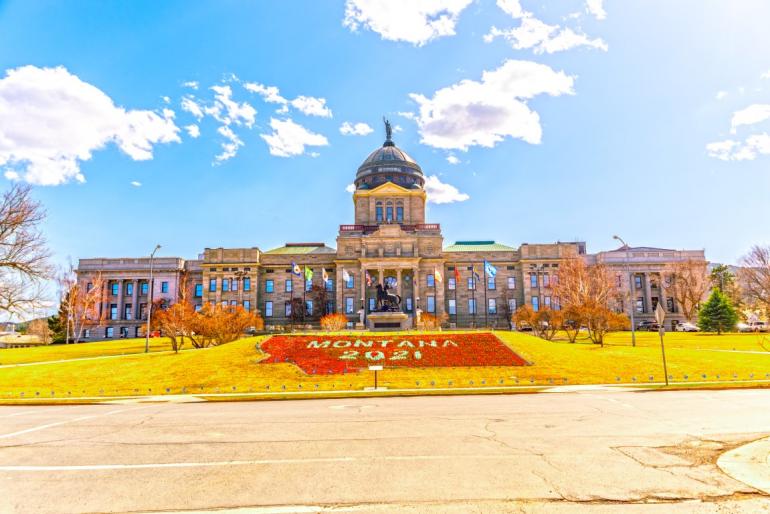
Photo credit: Bryan Spellman
Montana Territory came into being on May 26, 1864, after Sidney Edgerton convinced President Lincoln to divide Idaho Territory. Lincoln named Edgerton Montana’s first territorial governor, and on June 2, 1865, Edgerton County became one of Montana’s original nine counties. Edgerton was a strong Abolitionist and a Republican. Most of the territory’s population were Southern sympathizers, including much of the Territorial Legislature. When Edgerton left Montana in a futile attempt to secure federal funds for the Territory, the Legislature lost no time in removing Edgerton’s name. On March 1, 1868, Edgerton County took its new name, Lewis and Clark County.
Visitors to Lewis and Clark County will want to spend time in Helena. The State Capitol is well worth a visit, as is the Montana Historical Society’s Museum just east of the Capitol building.
Gold attracted people to the region, and Helena’s “main street” is a memorial to the early prospectors. Much of Last Chance Gulch is a pedestrian mall, and the turn-of-the-century architecture lining the sidewalks attracts the eye, just as the various window displays attract shoppers. Stop for an ice cream sundae, or purchase hand-made candies at the Parrot Confectionery at 42 Last Chance Gulch. If you’re looking for a hardier meal, try the Windbag Saloon at 19 S. Last Chance Gulch. The Windbag, formerly known as Big Dorothy’s, was, until 1973, a brothel operating right in the heart of the city. The madam, Dorothy Putnam Baker, was known as Big Dorothy. Today, the restaurant and bar attract a varied crowd, and you’re likely to run into both legislators and lobbyists in this former bordello. Helena has many other fine dining establishments, but you won’t regret stopping at either of these historic venues.
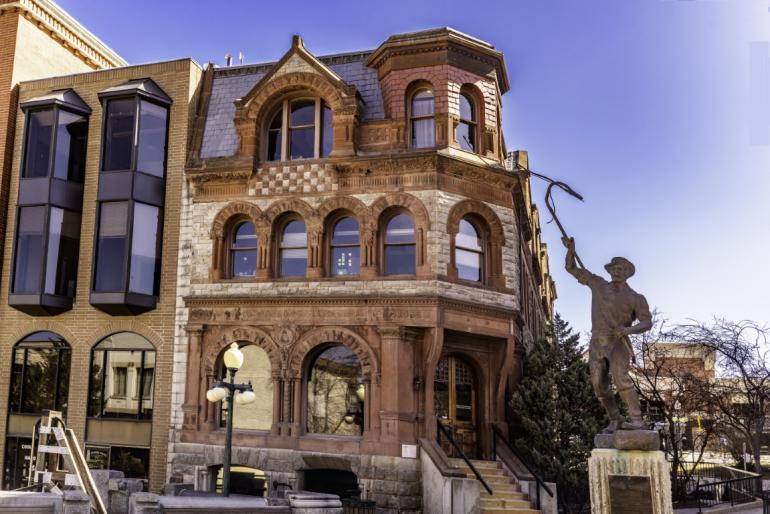
Photo credit: Bryan Spellman
Other places to visit while downtown include the Cathedral of St. Helena, with its twin spires, the Myrna Loy Theatre at 15 N. Ewing Street, across from the county’s historic courthouse, the Holter Museum of Art at 12 E. Lawrence, and the Civic Center at 340 Neill Avenue. The Civic Center got its start as a Shriners temple. You can’t miss it—it’s probably the only building in Montana to have a minaret. Heading west from the Civic Center, cross Park and wander through the residential area where you’ll find hundred-year-old mansions.
At the turn of the 20th century, Helena had more millionaires per capita than any other U.S. town, and these homes show what that kind of money could build.
Further west, visit the Archie Bray Foundation at 2915 Country Club Avenue. Formerly a brickyard, the foundation attracts ceramic artists from around the world. Archie Bray sold his bricks to Montana building projects by offering original art with each purchase. Rudy Autio and Peter Voulkos, recognized as founders of modern American ceramics, worked for Bray. Their sculptures can be seen all around western and central Montana on the sides of brick buildings. The foundation has a museum and a gift shop, both worth a visit.
Twenty-one miles northwest of Helena, you’ll find what remains of Marysville. At one time, Marysville had over 3,000 residents, but today’s count is under 100. Nearby are other mining camps, including Silver City and Canyon Creek. If you continue north on Montana 279, you’ll cross Flescher to reach Montana 200. In the next few miles, you’ll pass the home of Ted Kaczynski, AKA the Unabomber. A left turn on 200 will take you into Lincoln, the largest unincorporated community in the county. A winter wonderland, Lincoln serves as the starting/ending point for the Race to the Sky, one of the qualifier races for the Iditarod.
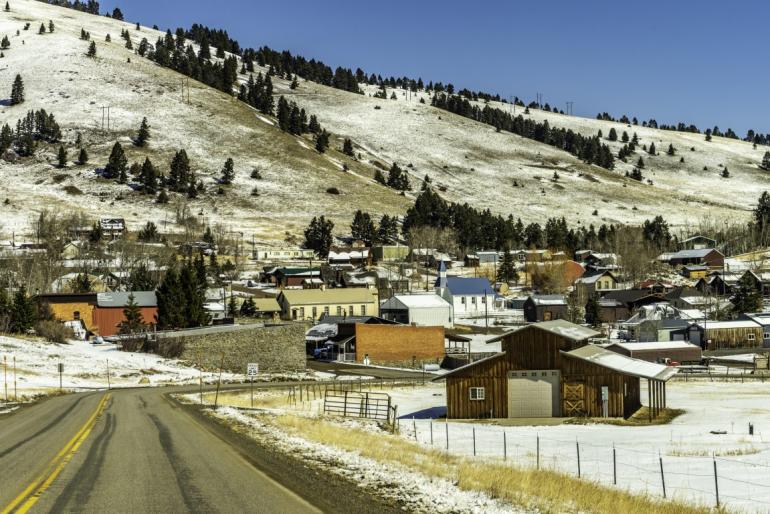
Lincoln is also home to Blackfoot Pathways: Sculpture in the Wild. An open-air museum of environmental sculptures, the “gallery” covers 26 acres and new art is added every year. While in Lincoln, stop at Bushwackers Steakhouse for the best pie you’ll ever want. But get there early. They only bake on Friday, and by Saturday afternoon you’re out of luck.
Driving east from Lincoln on 200, you cross Rogers Pass where the signs tell you the 48 states’ lowest temperature was recorded on January 20, 1954. Seventy below zero! I trust your car has a good heater.
Another twenty-one miles brings you to Bowman’s Corner where you’ll turn left on US 287. Augusta may not be the northern-most point in Lewis and Clark County, but to go further, you’ll need an all-terrain vehicle, or good hiking shoes. A farming community of 300, Augusta is home to Quinn’s Garage, a 130-year-old building now on the National Register. Originally a blacksmith’s forge, then later a Studebaker dealer, today Forge is an antique and art gallery in the old garage.
Heading back south on 287, cross 200 and continue south to Wolf Creek. Much of Maclean’s A River Runs Through It centers on the small town where Maclean lived during his early adult years. Across the river and a bit south is Mann Gulch, where the 1949 fire killed thirteen. This experience led to Maclean’s book Young Men and Fire. Mann Gulch is in the Gates to the Mountains Wilderness, but you can approach the area by boat. If you don’t have your own handy, Gates of the Mountains Boat Tours will take you there for a ridiculously low fare. And it’s only 20 miles north of Helena off Interstate 15.
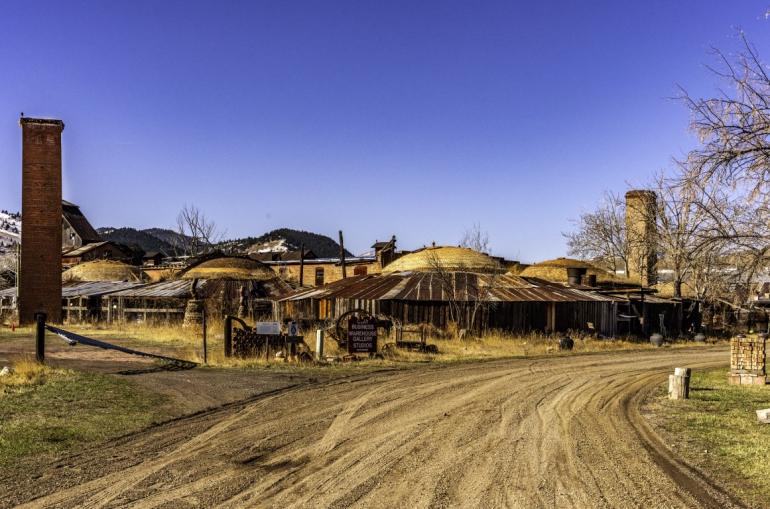
Photo credit: Bryan Spellman
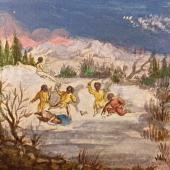
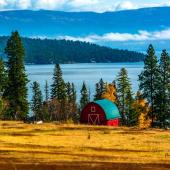
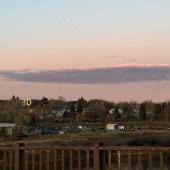
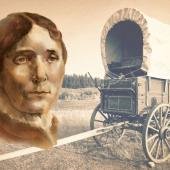
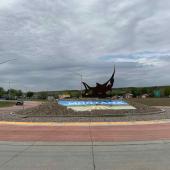
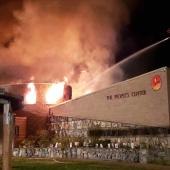
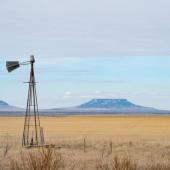



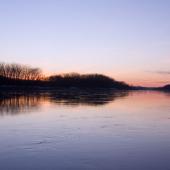
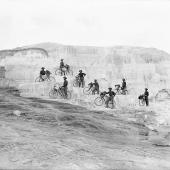
- Reply
Permalink